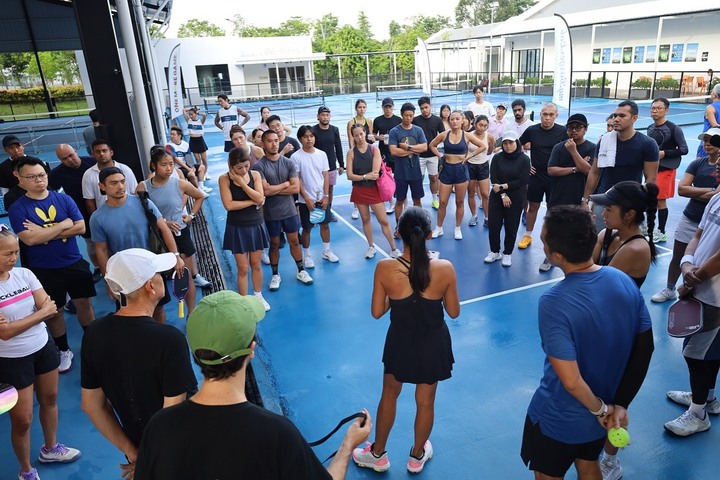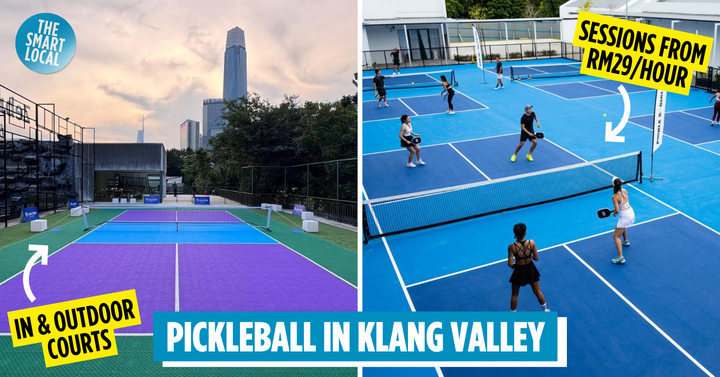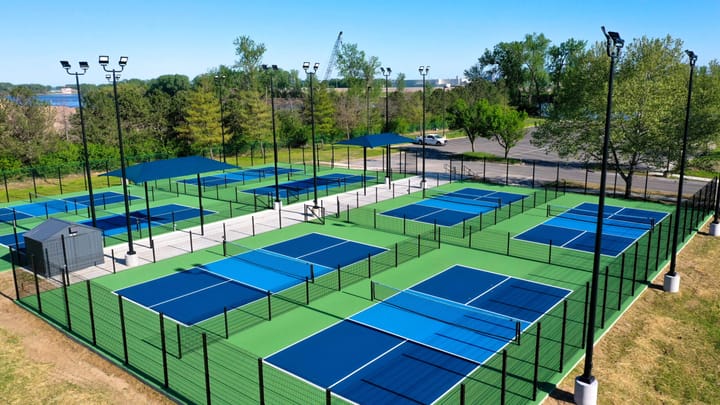Clash of the Courts: Pickleball vs. Traditional Racquet Sports
Can pickleball and traditional racquet sports still coexist or is a turf war brewing?
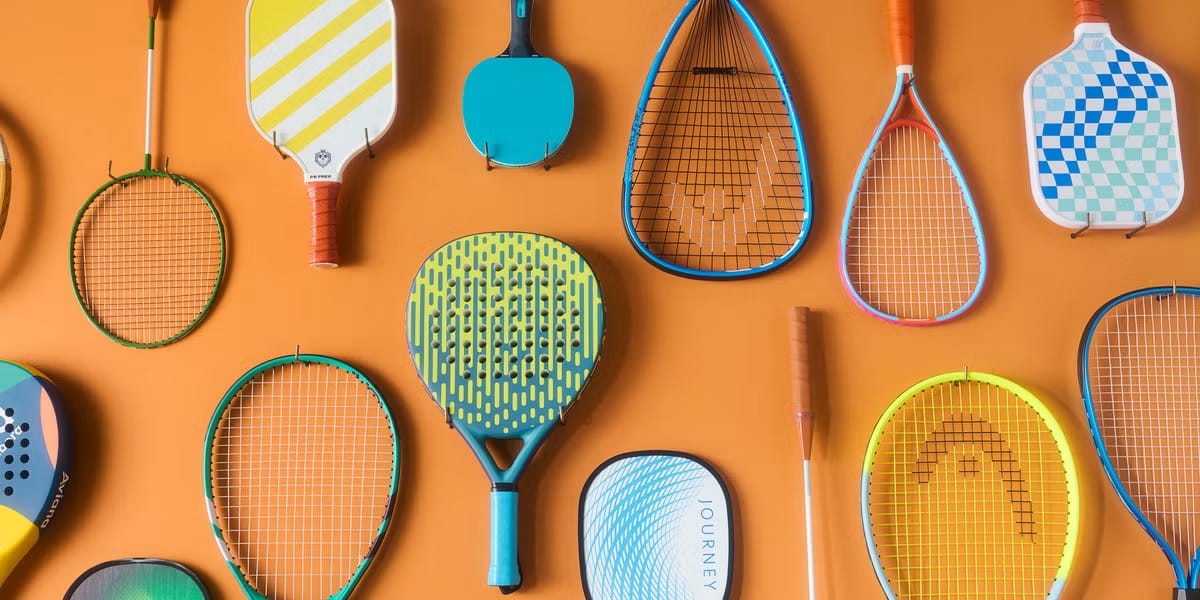
With space limited and demand rising, pickleball has inevitably begun to clash with its racquet sport cousins - namely tennis and badminton. Tensions have emerged over the repurposing of badminton halls for pickleball or modifying tennis lines to suit both.
Traditional players are concerned. Noise levels, different court markings, and increased booking competition have stirred discomfort, especially among long-time tennis and badminton enthusiasts. In several clubs and community halls, pickleballers have had to negotiate time slots and defend their legitimacy as a rising sport.
While coexistence played an important role in pickleball's early stages of growth, particularly in shared venues, the sport has now matured well beyond its reliance on hybrid setups. Some venues initially succeeded with multi-sport models that embraced variety and encouraged cross-participation. This early phase was supported in part by Courtsite’s flexibility in enabling spaces to support multi-purpose use. As part of its 2023 initiatives, Courtsite facilitated adaptive court configurations and optimised booking systems that allowed venues to cater to both traditional racquet sports and the then-emerging demand for pickleball. At the time, thoughtful scheduling, clear communication, and collaboration with facility operators were key to that integration model.
Pickleball's trajectory in Malaysia has evolved well beyond shared spaces and temporary court overlays. While early growth was supported by hybrid venues that shared facilities with tennis and badminton, the emergence of over 400 dedicated pickleball venues featuring more than 2,500 courts by mid-2025 signals a decisive shift. Players are now showing a strong preference for purpose-built courts optimised for the game’s unique dynamics, from proper lighting and flooring to court dimensions and layout flow.
This development reflects pickleball’s maturation into a distinct racquet sport in its own right—rivalling tennis, squash, and table tennis in both participation rates and facility investments. No longer reliant on co-existence for survival, pickleball is carving its own identity, complete with its own culture, rules, athlete pipeline, and growing ecosystem of events and content creators. As a result, hybrid venues that once thrived on flexibility are increasingly challenged to compete with purpose-built centres, prompting a rethink of their long-term viability in this rapidly evolving landscape.
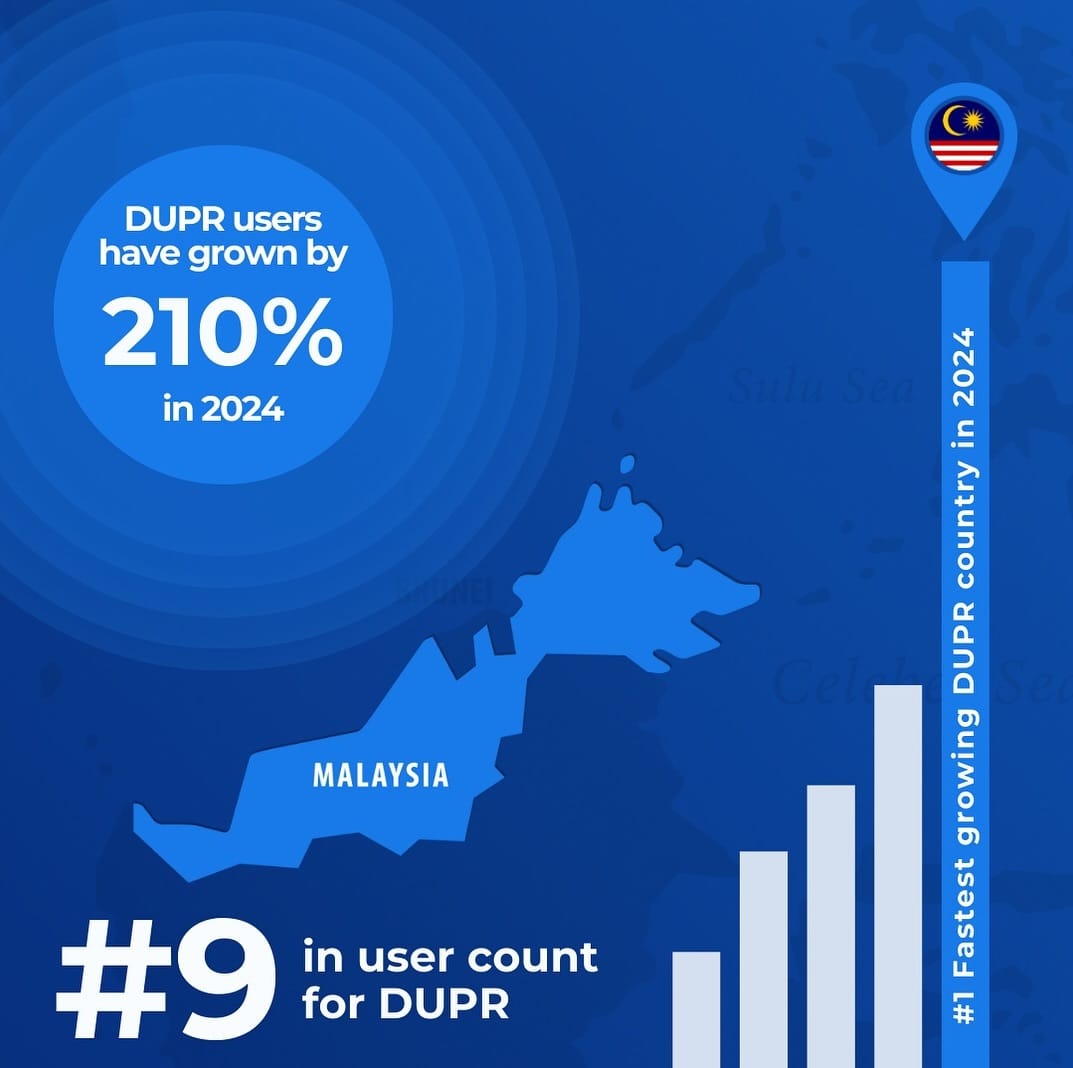
Looking ahead, pickleball’s future in Malaysia lies in embracing its dual identity—as both a highly social sport and a serious competitive discipline. Data from DUPR and community engagement trends reveal that a large portion of Malaysia’s player base is made up of social groups participating in open plays and casual leagues, while an increasingly active tier of competitive players is emerging through regional tournaments and ranking ladders. This dual appeal presents an opportunity to build inclusive venues that serve both segments.
Facilities that provide structured coaching for aspiring athletes while maintaining a vibrant, accessible environment for recreational players will have the upper hand. Platforms like Courtsite, which support diverse scheduling needs and other user features, are well-positioned to underpin this evolution quietly balancing performance tracking for competitive athletes with ease-of-use for casual communities. In a saturated market, this versatility may well define long-term success.

